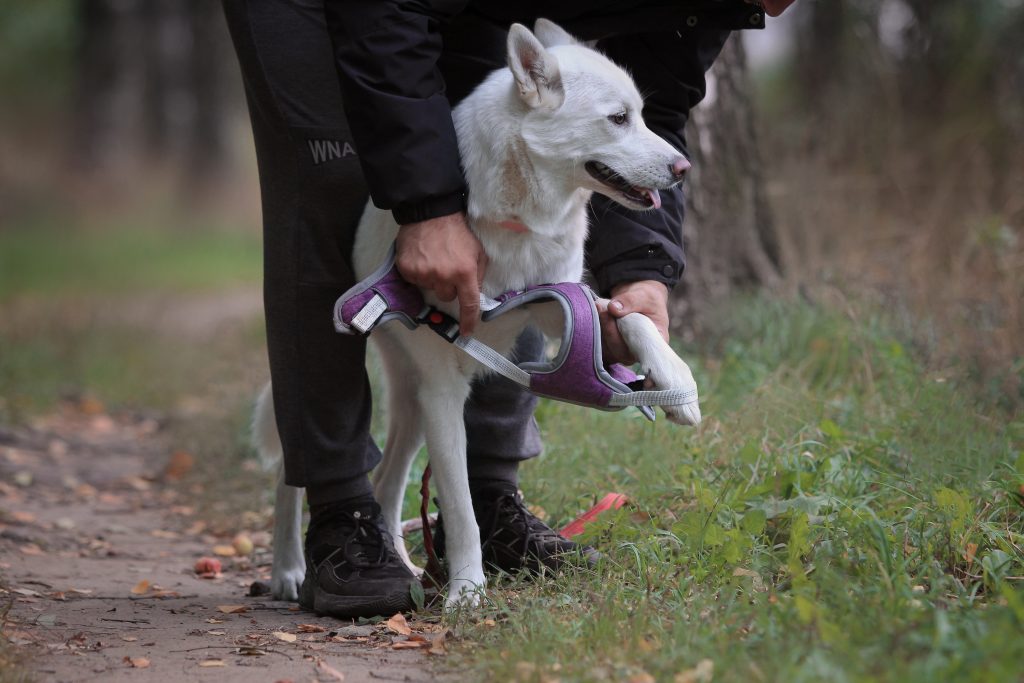When it comes to keeping your pup safe and happy, there are a few fundamental factors that pet parents should consider. One decision you’ll likely find yourself making at some point is whether to purchase a dog collar or a harness.
Both leashes and harnesses serve important, yet different purposes when caring for your pooch, and learning the distinction between these two items is important. Comparing and contrasting collars and harnesses for dogs can help you find the best option for your four-legged friend.
Pros of Dog Harnesses
A harness’s added security and control can be especially beneficial for larger breeds. The best large dogharnesses, as well as harnesses for smaller dogs, allow for excellent control when walking your dog, as the harness distributes the pressure evenly across the body rather than just on the neck.
Harnesses can provide more comfort for your pup, making walks and hikes with your dog enjoyable for both of you. Plus, the best large dog harnesses provide an attachment for a leash located around the chest area. This makes it harder for dogs to slip out or escape from the harness.

Harnesses with a leash loop on the back can provide additional support for certain breeds like French Bulldogs, who have difficulty breathing in a collar alone due to their short snouts.
Many harnesses also come with reflective strips or bright colors, making it easier to spot your pup while out and about.
Cons of Dog Harnesses
Despite the benefits of using a harness, it is essential to remember that they should only be worn when needed. Experts advise that dogs only have their harnesses on while on a walk or during training sessions. Also, not all dogs enjoy wearing a harness, so you may need some extra training time to help them adjust.
Furthermore, when a dog pulls on the leash while wearing a harness, the tension can lead to chest injuries or trachea damage, especially if it does not fit well. Finally, finding the right fitting harness can be difficult and time-consuming.

Pros of Dog Collars
A collar is an easy, convenient way to keep your dog’s tags and information safe when you’re out and about. Collars are usually easier to put on than harnesses, so it’s a good option if you need something that can be quickly adjusted or removed.
Collars tend to be more affordable than harnesses since they require less material to manufacture. In addition, they come in a wide variety of colors, styles and sizes, so you can find one that fits your pup perfectly.

Cons of Dog Collars
One major disadvantage of using a collar is that it can contribute to neck injuries if not used properly. For example, if your dog tends to pull on the leash, the pressure from the collar can cause damage to the neck and throat area.
Some dogs require more control than a collar can provide. Additionally, collars may slip off easily if your pup is particularly active or wriggly, which could lead them to escape and get lost.

Finally, some collars do not provide enough cushioning for dogs that have sensitive skin or fur, causing discomfort or even rubbing away the fur over time.
Evaluating the advantages and drawbacks of both harnesses and collars is essential when deciding which is the best option for your dog. With some consideration, you can make an informed decision that is right for you and your pup.
This story originally appeared on Don't Waste Your Money. Checkout Don't Waste Your Money for product reviews and other great ideas to save and make money.


